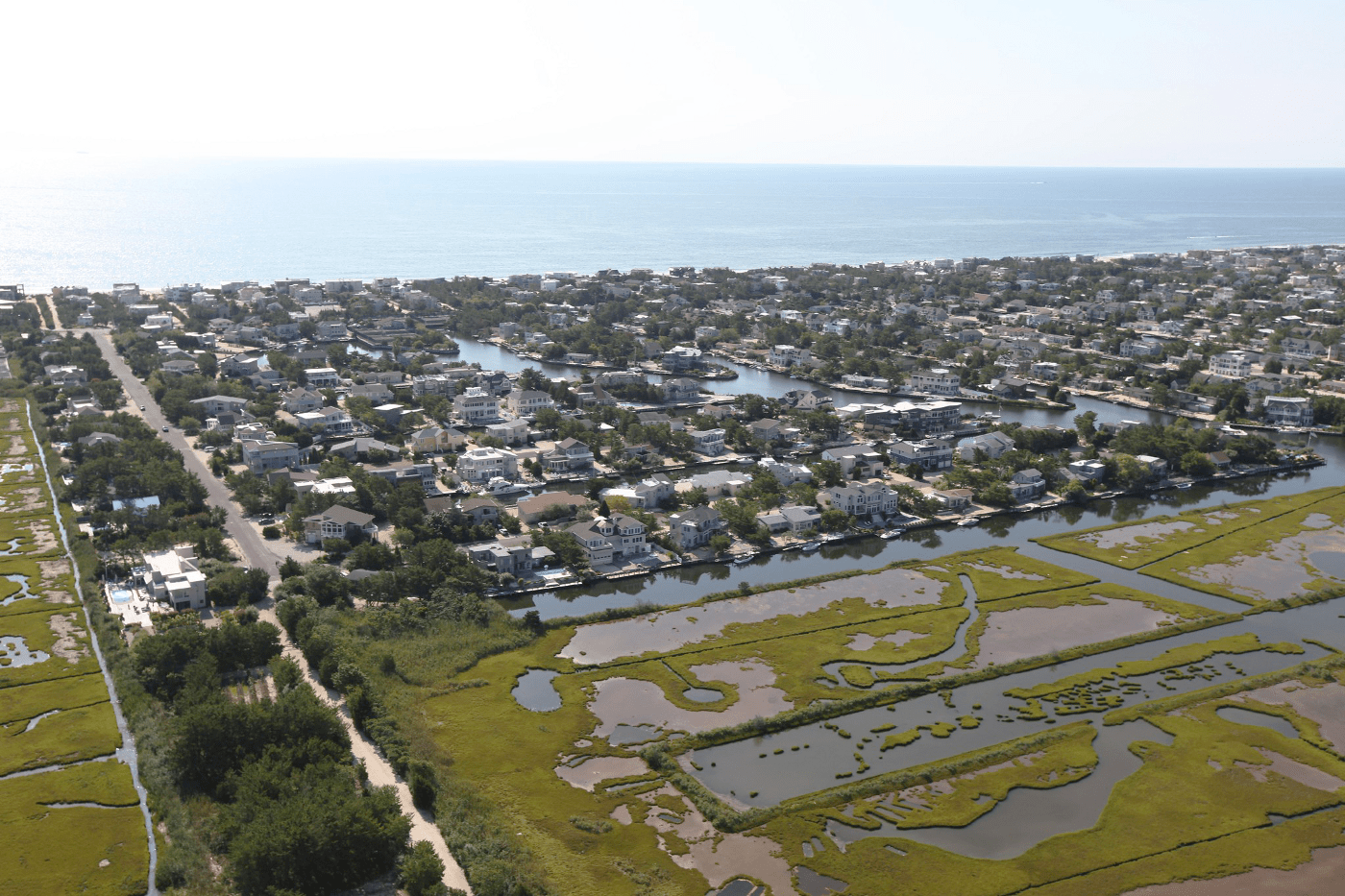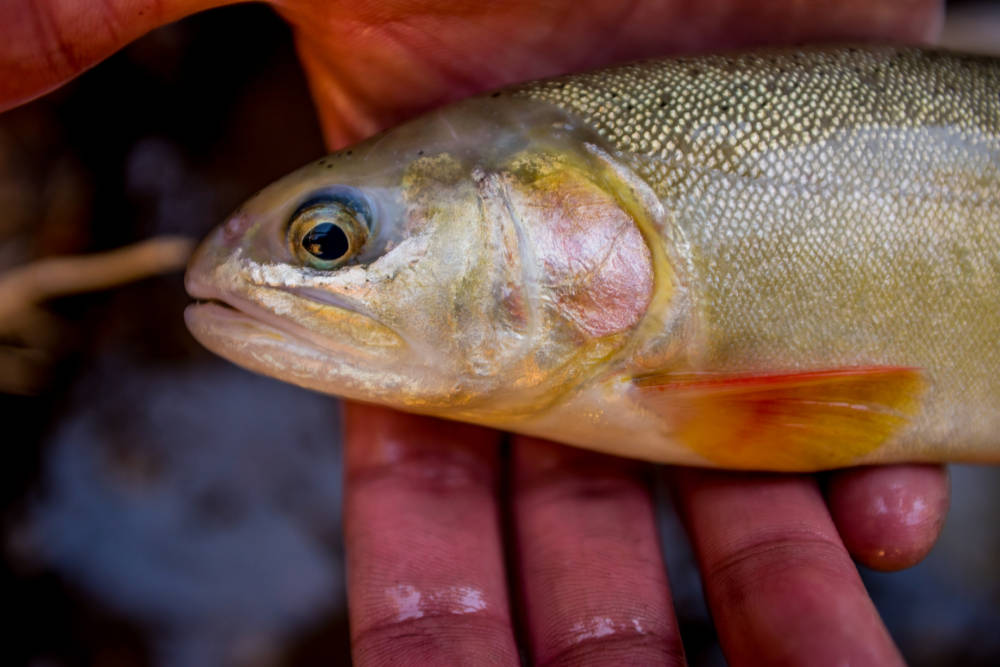We have much more to do and your continued support is needed now more than ever.
The Clean Water Act is 51 years old and today more than ever it is urgent to defend it

The U.S. Congress and state officials must act quickly to prevent the Supreme Court’s ruling in Sackett v. EPA from having irreversible consequences. Last May, the high court eliminated federal protections for most wetlands in the U.S. It’s the biggest attack on the Clean Water Act in its 51-year history. This verdict puts the supply of drinking water at risk, and ignores the role of wetlands in reducing the impact of climate change, and maintaining the balance of wildlife. Let us explain why we need to defend the Clean Water Act.
What is the importance of the Clean Water Act?
On October 18, 1972, Republicans and Democrats came together and passed the Clean Water Act, to protect our lakes, rivers, streams, wetlands, and bays from pollution and destruction. More than half a century after it was passed, this historic law has paid off.
The Clean Water Act limits pollution from some 200,000 “point sources”, including wastewater treatment facilities, paper mills, oil refineries, indoor hog farms and certain construction sites. As a result, the law has kept 700 billion pounds of pollutants out of our waters. The loss of wetlands, critical to wildlife and ecological balance, was very limited, and the number of places meeting clean water goals across the country has doubled.
But there is still a long way to go to achieve equitable access to safe water for drinking, swimming and fishing. The Supreme Court ruling puts the supply of drinking water at risk, and ignores the role wetlands play in reducing the impact of climate change and maintaining the balance of wildlife.

What is Sackett v. EPA and what is the jurisdiction of the Clean Water Act?
The dispute between the Sacketts and the EPA began in 2007 after the couple purchased a parcel of land subject to the protections of the Clean Water Act. The parcel included wetlands in the area of Priest Lake, one of Idaho’s largest lakes, and a permit was required before starting construction or development near those wetlands. The Sacketts argued that they did not need a building permit on their property, located about 500 feet from the lake. The Clean Water Act states that it illegal to discharge any pollutant from a point source into navigable waters unless there is an authorized permit under the Clean Water Act.
The nine justices of the Supreme Court ruled in favor of the Sacketts, and agreed on the merits of the ruling: the EPA had no authority to decide whether or not the Sacketts could build on their parcel. Four of the nine judges, however, disagreed with the ruling’s interpretation that the Clean Water Act only protects wetlands that have a “continuous surface connection.”
How do wetlands help reduce disaster risk and maintain biodiversity balance?
There are 290 million acres of wetlands in the U.S. Areas of land that are covered by water, throughout the year, or at varying periods of the year. They are close to rivers, streams, ponds, and lakes. They absorb water and reduce the effect of floods, protect us against hurricanes and storms, both on the coasts and in the interior of the country. In addition, they filter and retain substances that pollute water and absorb the nutrients necessary for good water quality.
Wetlands serve as habitat for hundreds of plant species, populations of wintering waterfowl, ospreys, bald eagles, marine species, and a diversity of mammals and reptiles. Unfortunately, wetlands are disappearing at a rapid rate in some parts of the United States. The Supreme Court’s ruling in Sackett v. EPA aggravated the wetland situation.

What waters does the law protect?
The text of the Clean Water Act states that the law protects “The Waters of the United States.” For more than thirty years, courts and previous administrations have interpreted this phrase to include essentially all natural bodies of water: streams, wetlands, rivers, lakes and coastal areas, as well as water supply reservoirs. But two Supreme Court decisions in 2001 and 2006 left protections for smaller streams and several wetlands in limbo. The Obama administration finalized a rule that sought to clarify which waters were protected under the Clean Water Act. However, the construction, chemical, oil, gas and mining industries opposed it and have since pushed for the removal of federal protections for streams and wetlands.
In compliance with the recent Supreme Court ruling, the EPA revised the rule defining U.S. waters. The federal agency estimates that 63 percent of the nation’s wetlands will be left without federal protections due to the Supreme Court ruling. Additionally, up to 4.9 million miles of streams will lose federal protections to prevent contamination. The Supreme Court’s decision to remove wetland protections in the country undermines our right to healthy water and endangers wildlife and their habitats.
Local and federal authorities must work to ensure that the progress made through the Clean Water Act continues. Prioritizing equitable access to clean water, and mitigating the impacts of climate change, must be the key factors in ensuring that the Clean Water Act remains in place as an effective tool that protects our water sources, and the public health of future generations.
At the National Wildlife Federation, we work to defend the Clean Water Act in Congress and the courts. We are committed to restoring federal protections for all important surface waters, including wetlands and streams.
You can read more about how the Clean Water Act protects our waters here. You can read this blog in Spanish here.





















